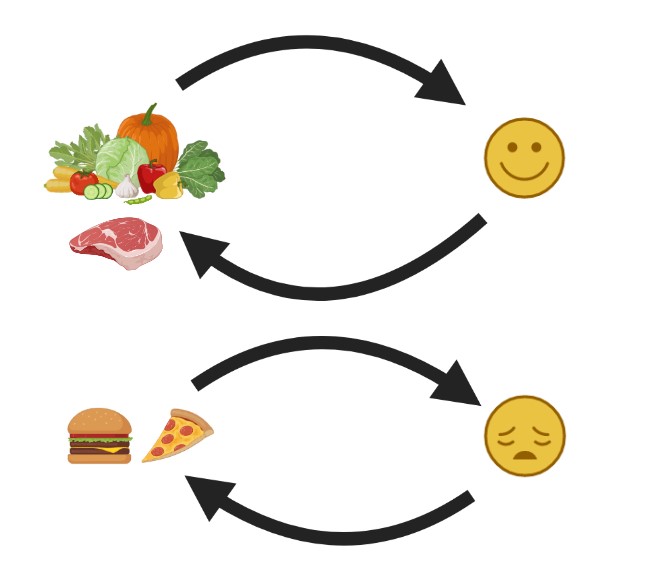Introduction
I have spoken to hundreds of clients, from various walks of life, with different backgrounds and future goals, yet the confusion around losing weight remains the same. Many people think, eat less, lose weight, and yes, in principle, that is correct, but two months down the line, they haven’t lost a pound. The concept of losing weight is easy, but altering your diet is hard. What foods are good? What foods are bad for you? How much should I eat? When should I eat? These questions lie beneath the surface of the iceberg that is losing weight.

Searching for the “Right” Foods
Many of these questions are inherently hard to answer. An example is food sensitivity. Your cousin may not tolerate a cup of pasta at dinner, but you may have no issues with digesting pasta. There are several factors that make a food “good” or “bad”, some of these are listed below:.
- How do you feel after eating it?
- Is this food nutrient-rich?
- How is this food on a caloric to satiety scale?
Let’s go through an example. An 8oz serving of chicken. Personally, I enjoy eating chicken. It is delicious, plus I do not feel bloated or have any digestion issues after eating it. This food contains lots of protein, B6, B12, and zinc, which are vital nutrients. In terms of calories, 8oz of lean chicken breast is around 350 kcalories and along with some veggies, this fills me up and curves my hunger. According to these results, chicken should be a staple in my diet.
Whenever you are at the store, shopping for your weekly groceries, be sure to ask yourself these questions about the food you are purchasing.
Change your Palate
On average, the average person eats 7-13 different meals. Think about it. You usually just eat the same 10 meals repeatedly. Why am I telling you this? If you can switch just 5 of those meals to a “healthier” option, you will see significant benefits in your day-to-day life. Instead of just pizza for dinner, eat a small serving of pasta, with a meat, and a side of vegetables or whatever foods you found that work for you (using the section above). As time goes by, you will see the remaining meals slowly turn into healthier options as a positive feedback loop has been initiated. As you eat better, you feel better, thus reinforcing your good eating behaviors.

Journaling
Keeping a food journal can help in two major. First, it will help you make smarter decisions about the food you eat. If you didn’t feel so great after that meal, write it down, so in the future you avoid the food that caused you discomfort. Second, tracking the amount of calories you eat on a daily/weekly basis can help you along the weight loss journey if that is your goal. Keeping your caloric intake steady throughout the week can help stabilize your weight and hunger. This food journal can be broken down into many parts. One example is shown below:

Concluding Remarks
To summarize, we are all different. We all prefer and react differently to certain foods, therefore, there is no “one diet for all”. Even though personalizing your diet is a daunting task, breaking it down into bite-sized pieces allows for a quick and easy transition with minimal stress. The first step is to ask yourself questions about the food you are eating. They can be as simple as “is this food making me feel good?” The next step is to use those answers to incorporate new meals into your life. Replace the old nutrient-scarce meals with new nutrient-dense and satiating meals. The last step is to track all of this. Keeping a record of what foods you respond well to is important for future planning and to maintain your healthy lifestyle.

Meet the Author
Hello everyone,
My name is Joshua Giblin. I am a post-bachelor researcher/research technician at USC. My interests range from nutrition to nanomedicine and also practical science to improve everyday life. Through this blog, I aim to communicate practical scientific research and present it to curious individuals so that an educated decision can be made. Thank you for reading the blog and showing your support.